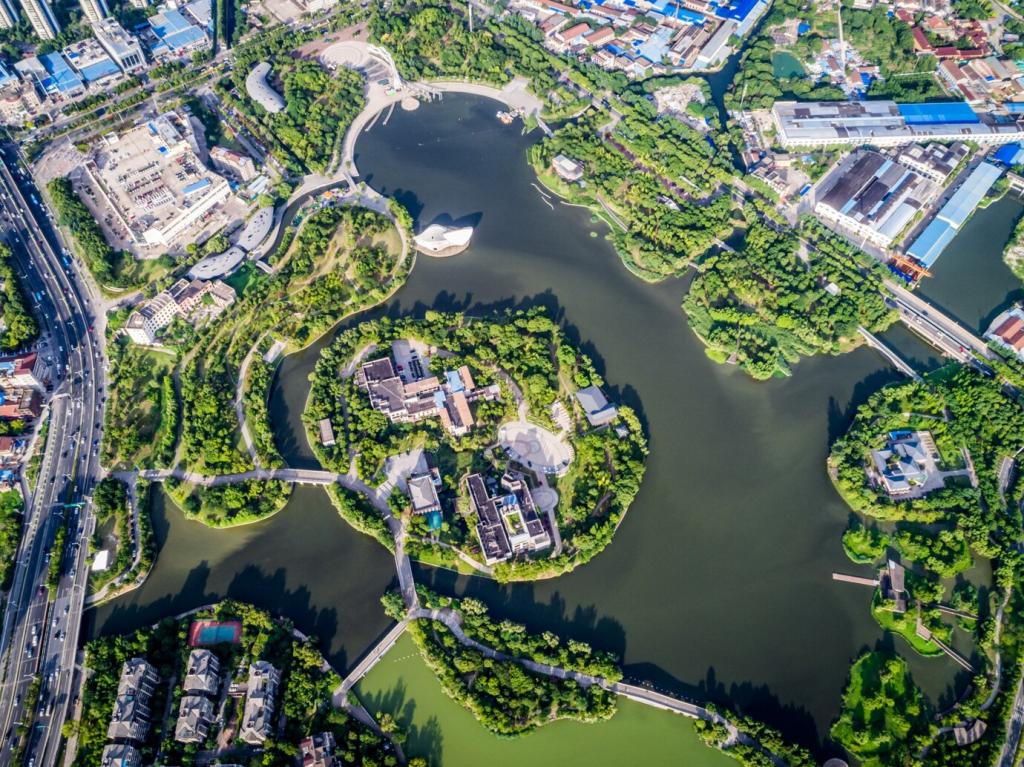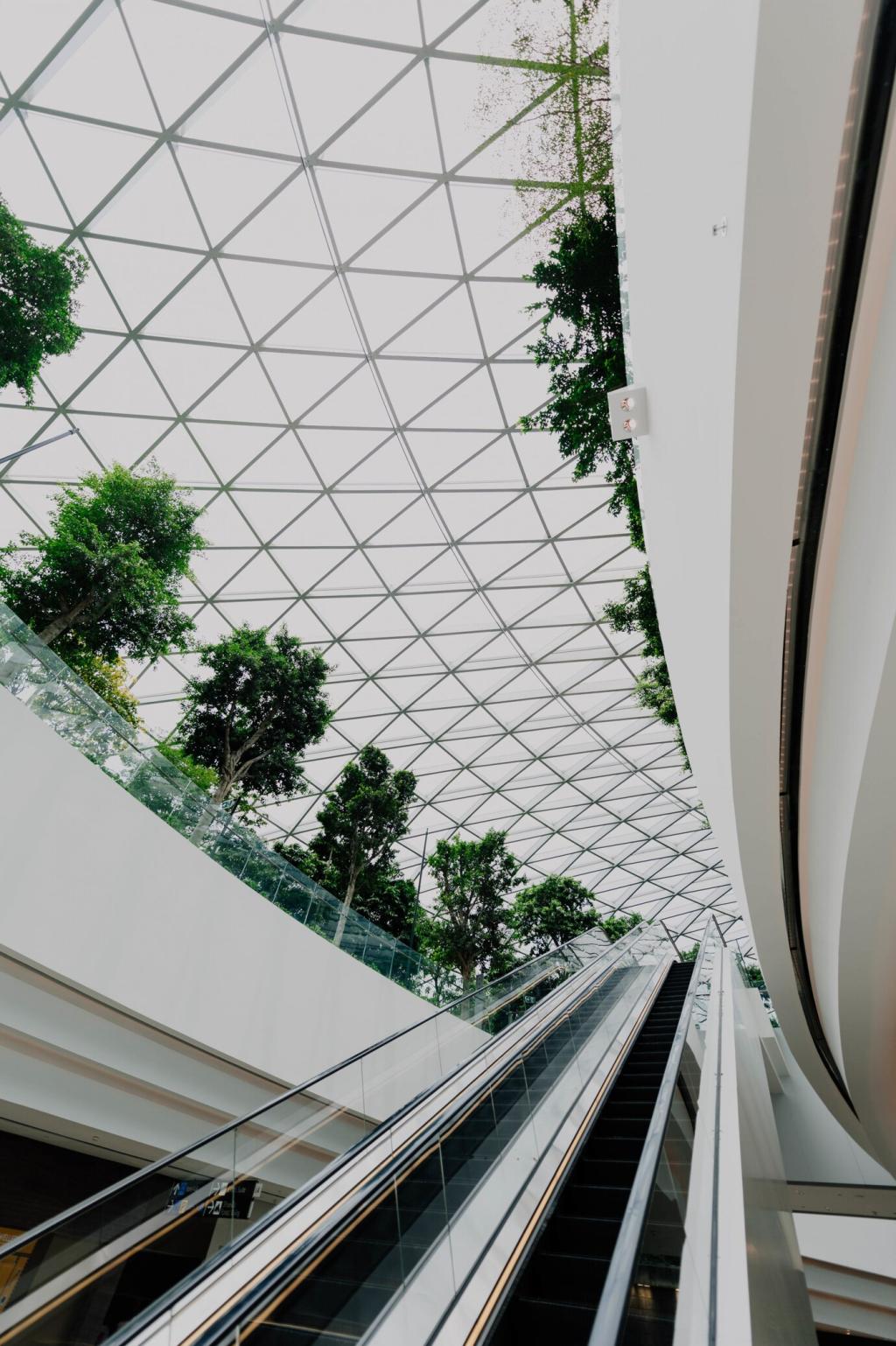Hydropower Opportunities in Urban Settings: Turning City Waterways into Clean Power
Selected theme: Hydropower Opportunities in Urban Settings. Cities pulse with moving water—inside pipes, along canals, and through storm channels. Join us to explore how hidden flows can power neighborhoods, strengthen resilience, and inspire community-led climate solutions.
Where the City’s Water Keeps Moving
Gravity-fed drinking-water mains, pressure-reducing stations, and culverts carry constant, controllable flow. These quiet corridors are perfect candidates for in-pipe turbines that harvest energy without changing how residents experience their water service.
Where the City’s Water Keeps Moving
Irrigation canals, historic mill races, river diversions, and wastewater outfalls offer steady head and velocity. With careful screening and fish-friendly designs, they can deliver clean electricity while maintaining their essential hydraulic functions.
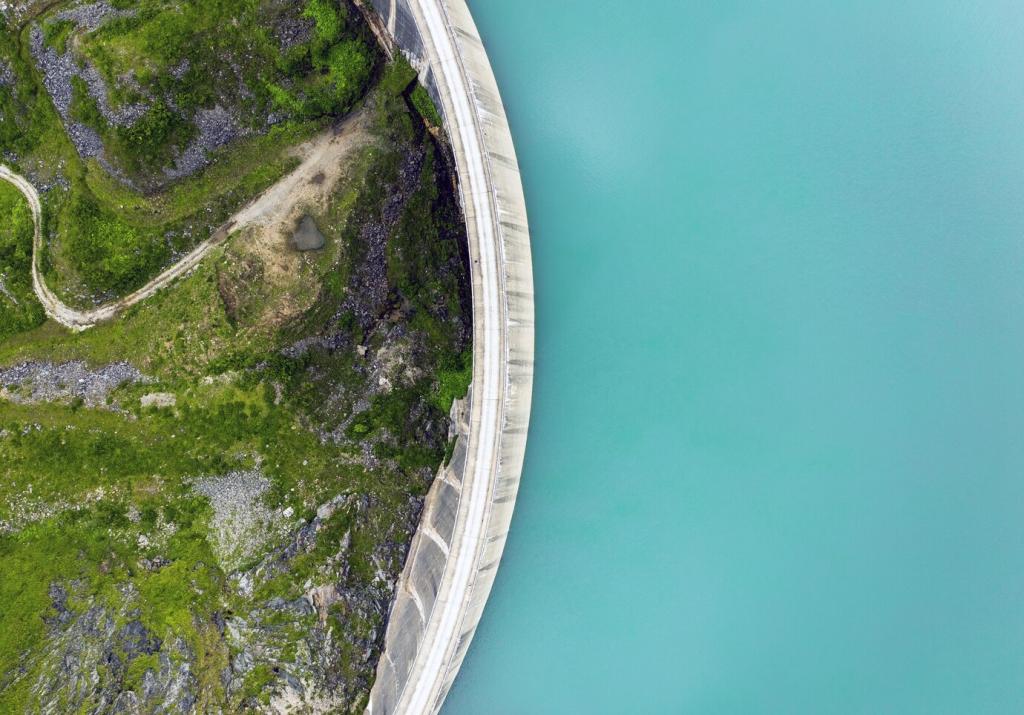

Technologies Making Urban Hydropower Practical
These systems replace pressure-reducing valves with generators that harvest excess pressure as electricity. Utilities keep delivering safe water at regulated pressure while producing clean power for facilities or the local grid.
Technologies Making Urban Hydropower Practical
Open-channel units sit in low heads and variable flows, using debris-tolerant runners and modular frames. They can be lifted for maintenance, screened for fish passage, and tuned for seasonal changes in discharge.
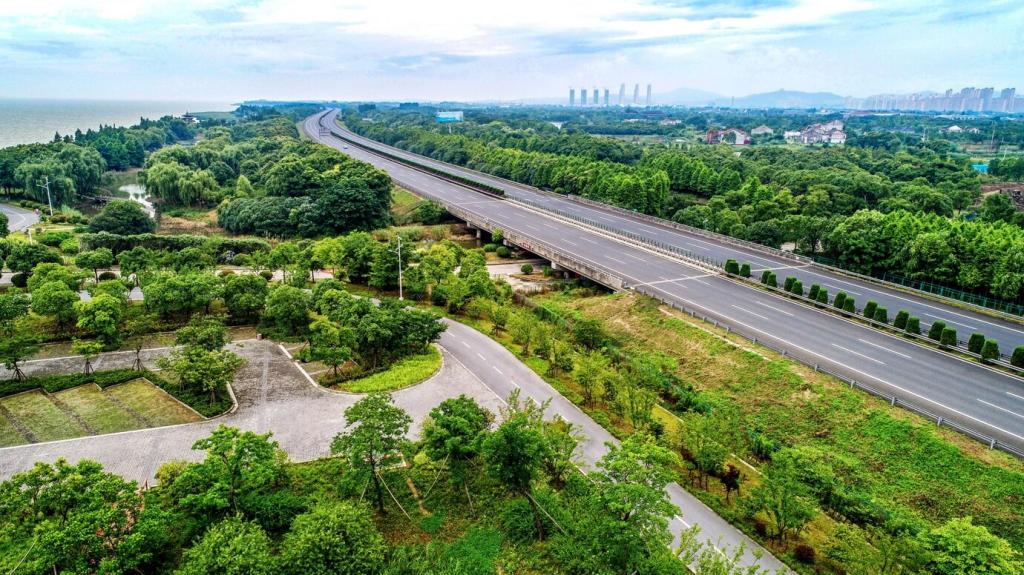
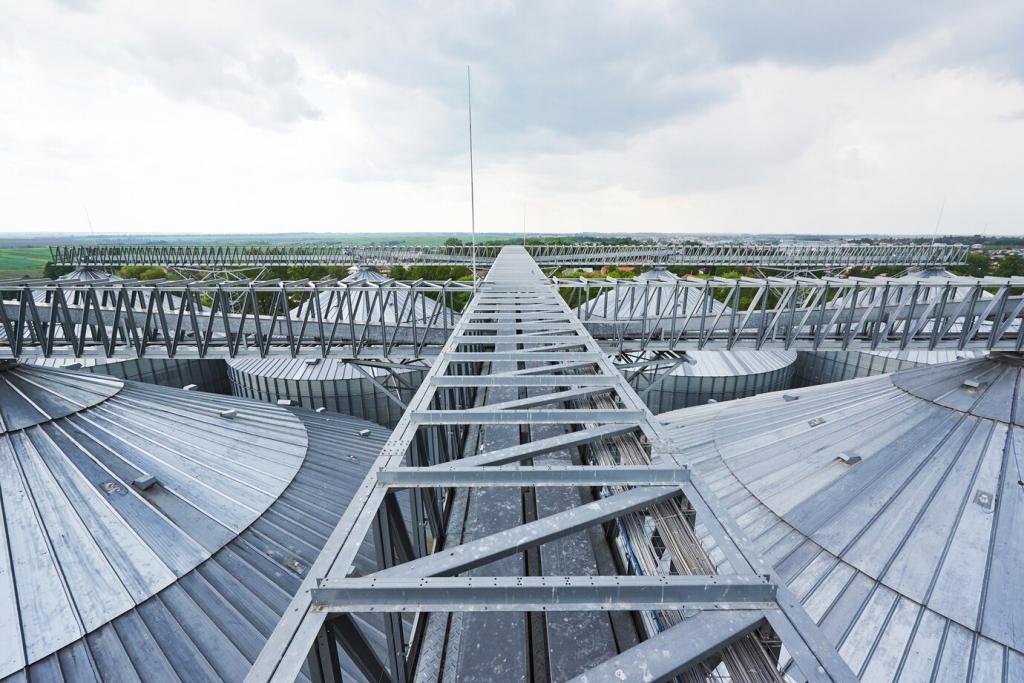
Stories From Cities Pioneering the Approach
In Portland, a pilot placed turbines inside a drinking-water main at a pressure zone transition. The project generated clean power and delivered valuable flow data, inspiring utilities everywhere to reconsider their PRVs as tiny powerhouses.
Geneva’s water utility embedded turbines across its distribution network, aligning energy recovery with pressure management. The quiet installations steadily offset facility loads while demonstrating how urban grids benefit from constant water-based generation.
Several utilities have tested microturbines at treatment plant outfalls, turning constant effluent flows into electricity for on-site pumps and lights. Operators report smoother load profiles and new insights from continuous hydraulic monitoring.


This is the heading
Lorem ipsum dolor sit amet, consectetur adipiscing elit. Ut elit tellus, luctus nec ullamcorper mattis, pulvinar dapibus leo.

This is the heading
Lorem ipsum dolor sit amet, consectetur adipiscing elit. Ut elit tellus, luctus nec ullamcorper mattis, pulvinar dapibus leo.
Protecting aquatic life in working waterways
Fish-friendly runners, approach velocity limits, and bypasses maintain migration and life cycles. When turbines sit within pipes or screened channels, impacts shrink further, allowing restoration upstream to proceed unimpeded.
Sound, sightlines, and architectural integration
Well-designed enclosures dampen noise and blend with streetscapes. Artists can transform access hatches into educational waypoints, inviting passersby to imagine the city’s hidden rivers powering the block around them.
Stormwater, floods, and smart basins
Pair microturbines with detention basins and green infrastructure. Smart gates modulate releases for flood safety, generate power during drawdown, and create a new funding stream that maintains urban nature features.
Cost, Value Stacking, and Financing Models
Lifecycle analysis captures reduced valve wear, improved pressure control, and durable generation. Modular units lower installation risks, and phased rollouts align with scheduled pipe renewals to stretch budgets further.


Cost, Value Stacking, and Financing Models
Add grid services, outage resilience, and data for leak detection. Tie generation to public education and climate targets, and the same turbine serves engineering, sustainability, and community engagement objectives simultaneously.

